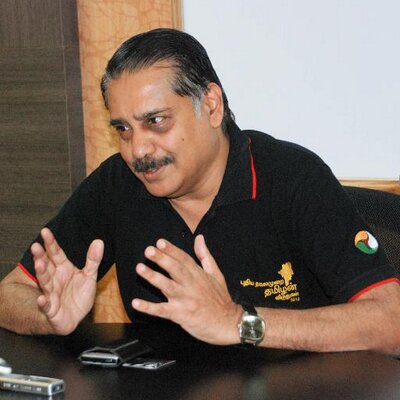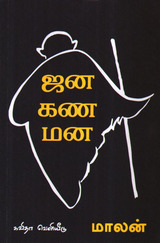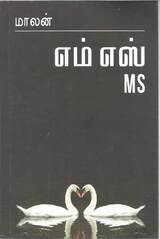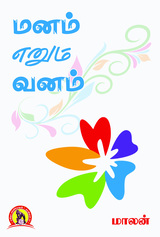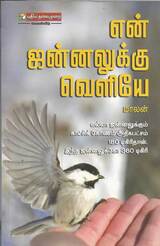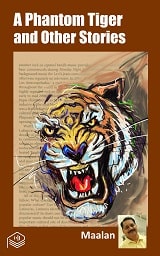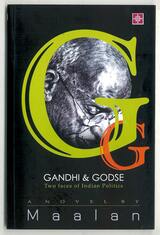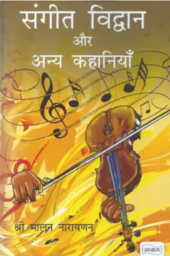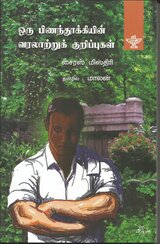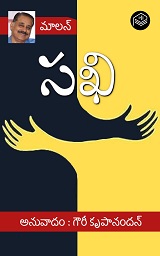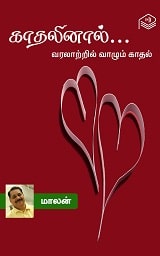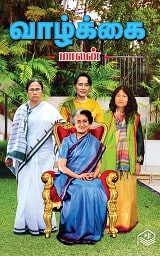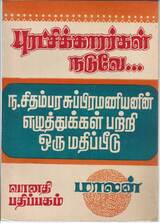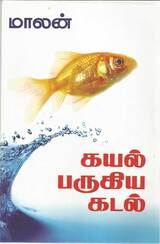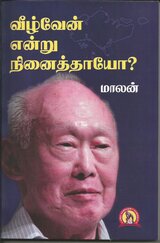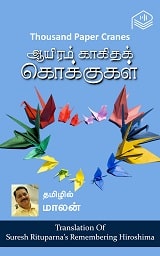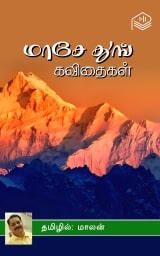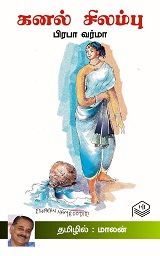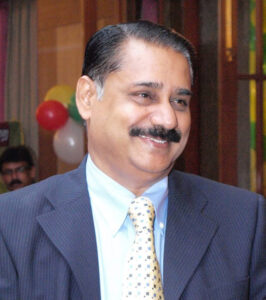Going through the chequered annals of the history of Indian Literature one can easily find before the dawn of the Independence movement, Indian literature, was inclined towards religion and mythology. Be it Vaishnava Padavalis of Bengal, or Charitaputhis of Assamese, or Yathath Deepika of Marathi, or Kottarakara Tambiran’s Ramanattam of Malayalam, 18th century Indian literature was predominantly religious. Meenakshisundaram Pillai a Tamil scholar of the period 1815-1876 who taught Tamil at one of the Saiva monasteries, wrote more than eighty books consisting of over 200,000 poems. Ramalinga Adigal of the period 1823-1874 wrote the devotional poem Tiruvarutpa. It was the independence movement that swayed literature towards Nationalism.
The early proponents of Nationalism were Newspapers and journalism and not literature It may be recalled that during the period between 1780 and 1826 the freedom movement was primarily a movement for freedom for the propagation of a nascent political ideology, Nationalism
It is neither an astonishing coincidence nor a historical accident that almost all the leaders of our freedom movement were journalists. Shunning away the modesty, I would like to rephrase this sentence as most of our pioneer journalists were the leaders of the freedom movement. Yes, the freedom movement all over the country were led by journalists, even before political movements were born in India
This is not a tall claim made out of fraternal affinity. Dadabhai Naoroji (founder of Rast Goftar), Bal Gangadhar Tilak (Founder of Kesari, and Mahratta) Gopala Krishna Gokhale (The Hitavada) Aurobindo Gosh (Bande Mataram) G.Subramania Iyer (The Hindu and Swdesamitran) Subramania Bharathi (India) Annie Besant (Home rule) Lajpat Rai (founder –Punjabee, Vandemataram, and Editor of People) Mahatma Gandhi (Young India, Navjeevan, Harijan) Madhan Mohan Malviya ( Hindustan Times) Jawaharlal Nehru (National Herald) Abul Kalam Ghulam Muhiyuddin Ahmed, who adopted Azad as his pen name and honoured with the title of Moulana, ( Vakil) Chakravarthi Rajagopalachari (Vimochnam) are few familiar names we had come across in our textbooks. But there are many unsung and unmourned martyrs.
When newspapers flourished British rulers responded to them with more draconian laws like the Vernacular Press Act of 1878. When laws pertaining to publishing news become more strident, journalists devised various other creative ways to circumvent it. They took to creative writing. Subramania Bharathi editor of India, Moulana Abul Kalam Azad (founder of Vakil), C.Rajagopalachari, (Founder of Vimochanam) Girish Chandra Gosh ( editor of Hindi Patriot) are a few names to cite as examples.
Not just in Tamil, but almost in all Indian Languages, the nature of patriotic literature was determined by its need. Freedom movements needed powerful literature, not just to evoke emotions, but to help people envision what liberty is, and what it costs in terms of self-sacrifice. Unlike political rhetoric and newspaper journalism, literature can hold up an inspiring image of freedom that people may feel around and can realize and relate to. As epics inspired Bhakti for generations, literature during the independence movement dramatised ideals and values for which a country could strive in the political arena.
Subramania Bharathi who was a pioneer in spearheading this vision of independent India is celebrated today as Mahakavi, and as a literary genius. He was espousing the cause of freedom and believed that unless we mobilize public opinion in favour of the and involve the masses in struggles against the British, India’s freedom will be a far cry. In order to achieve this objective, he devised various formats and delivered the message in various genres, namely poems, lyrics, fiction, essays, and cartoons. Bharathi had a strong conviction that if a message has to reach out to mass, then the medium that carries the message needs to be facile. He demonstrated this conviction in whatever he did, be it his poetry, prose or journalism. He broke the rigidity of the Tamil prose, hardened by puritanical grammar pundits and made them simple enough for the less educated to grasp what is written. He set some of his poems to the tunes in folklore so that common people can sing them at their festivals. He modelled a few of them like the bands of marching troupes
He wrote poems on issues like the Partition of Bengal, on leaders like Tilak, VOC and Gandhi, eulogized historical heroes like Chatrapathi Sivaji and Guru Gobin Singh and translated Bankim’s Vandemataram. He depicted living sages of his time like G.Subramania Iyer, Eswar Chandra Vidya Sagar, Lala Lajpat Roy, and Veerasalingam Bandulu as characters in his fiction.
Gandhi, after two decades after Bharathi’s death, when he was giving the clarion call for the Quit India movement echoed Bharathi’s concept of freedom. Bharathi was advocating for freedom from fear as he firmly believed that it is the prime cause of all our miseries. He wrote:
அச்சமில்லை அமுங்குதலில்லை
நடுங்குதலில்லை நாணுதலில்லை
பாவமில்லை பதுங்குதலில்லை
ஏது நேரினும் இடர்ப்பட மாட்டோம்
அண்டம் சிதறினால் அஞ்ச மாட்டோம்
கடல் பொங்கி எழுந்தால் கலங்கமாட்டோம்
யார்க்கும் அஞ்சோம் எதற்கும் அஞ்சோம்
எங்கும் அஞ்சோம் எப்பொழுதும் அஞ்சோம்
It means
We don’t
Fear, shrink or shiver or get timid
We don’t sin or run away
We won’t
suffer for what we do
We won’t fear anyone, anything, anywhere
We never fear.
Gandhi resonated with the same spirit when he heralded the Quit India Movement in 1942. Gandhi said, “Every one of you should, from this moment onwards, consider yourself a free man or woman, and acts as if you are free and are no longer under the heel of this imperialism. It is not a make-believe situation that I am suggesting to you. It is the very essence of freedom. The bond of the slave is snapped the moment he considers himself to be a free being. He will plainly tell the master: “I was your bond slave till this moment, but I am a slave no longer”
This is a classic example of the symbiotic relationship between Literature and the Independence Movement. The freedom movement literature nurtured itself with the ideals and aspirations represented in literature and literature drew its inspiration from leaders as heroes. Gandhi himself was one such hero who inspired many writers across the Indian languages.
Despite being a prolific writer, amidst his political and social activism, Gandhi did not produce any creative work during his 79 years of life. Yet he is a catalyst to a multitude of writers both in India and abroad. There are very few iconic leaders, who are remembered, celebrated, debated and criticized like him in literature. Every renowned writer had something to say about him.
Writings on Gandhi by foreign writers like Rolland Romain, (France) Edmund Jones (America) George Orwell (British) Ellen Horrup (Danish) and Pearl S.Buck are packs of either admiration or criticism. They were onlookers and not participants.
Unlike the western masters, as the roots of Indian writers were embedded in their native soil, they were drawn more closely to Gandhi, both to his personality and philosophy. For them, Gandhi symbolized the common man, his aspirations and his hopes. Though their response to his philosophy varied from writer to writer, depending on their personality traits, it spurred them into action. Be it C.Rajagoplachari (Tamil) Sivaram Karanth (Kannada) Vaikom Basheer (Malayalam) the celebrated writers from the South, didn’t restrict themselves to words but plunged into action.
Basheer was 16, an impressionable age when Gandhi visited Vaikom in 1924 to participate in the Satyagraha. He was already drawn into the nationalist movement by then, but Gandhi’s visit galvanized him. It is not difficult to sense his excitement over the meeting which is embedded in the lines “ Umma, I touched Gandhi!” when he says proudly to his mother. This story Amma, which is a fragment of his autobiography, in shortstory form, written in 1937, is a record of the times and work of a patriot drawn towards Gandhi.
Shivarama Karanth, a colossus of Kannada literature, like many men of his times was drawn to Gandhi when he was in college. The non-co-operation movement inspired him to leave his degree halfway and take to the promotion of spinning. When he was in his twenties, Karanth started a correspondence with Gandhi. Though we don’t have his side of the exchange, from the letters printed in the Collected Works of Mahatma Gandhi, we get a bare idea of what was on Karanth’s mind. In response to one of Karanth’s questions, Gandhi assured him that to promote widow marriage —as Karanth was then doing—was not inconsistent with brahmacharya. Still, he saw it as a concession to human frailty: ‘when I advocate the marriage of child widows, I presume that they want the pleasure which all animals seek and some human beings only can restrain themselves from seeking’ Gandhi wrote. Karanth rejected Gandhi’s view that brahmacharya is superior to married life but continued to promote Khadi and swadeshi for about five years, till 1927.
Gandhian thoughts in Tamil, both in fictional form and through journals were spearheaded by his “conscience keeper” C.Rajagoplachari more popularly known as Rajaji. This former Governor General is revered as one of the good short story writers of the early era. He has 3 short story collections and was a Sahitya Akademi Awardee.
He was the first Chief Minister to introduce Prohibition in Tamilnadu and it is no surprise that his stories propagate against the evils of liquor, one of the concepts close to Gandhi’s heart.
His Dikkatra Parvathy was later made into a film on a shoestring budget and won a national award for Singeetham Srinivasa Rao. Though this is a story of woe and hardship, Rajaji restrains himself from turning it into a melodrama. At the same time, he sends in a message, somewhat subliminally as he is more concerned about the message than the medium. All his stories carry either explicitly or subliminally a message that is inspired by Gandhi.
Creative writings on Gandhi in Indian languages can broadly be classified into three categories: 1. Works espousing Gandhian values directly or indirectly.2. Fiction with protagonists influenced by Gandhian philosophy/programs 2. Gandhi himself appearing as a character.
I am not going to give a survey or catalogue of these works as the list is long and the time left is shorter. But I would like to end with a question which every one of us may ponder: The question that stares at us today is, what is the relevance of nationalist literature today?
The features that make a literary work great are two: Great literature in any language, around the world, is created over permanent sentiments. And those pieces have universal appeal and are not bound by time or geographical or cultural limitations.
On the contrary nationalist literature is not based on permanent sentiments like love, anger, pathos, or humour. They are pitched on ‘subordinate sentiments’ that are evolved through group feelings, territorial attractions, and cultural consciousness of a particular group of people or country. It makes the nationalist literature ephemeral.
George Orwell writes in Notes on Nationalism:“ Nationalism is inseparable from the desire for power. The abiding purpose of every nationalist is to secure more power and more prestige, not for himself but for the nation or other unit in which he has chosen to sink his own individuality.”
Free India needs more such nationalist literature than colonial India. And Amrit Mahotsav could be a trigger to propel such literature.

